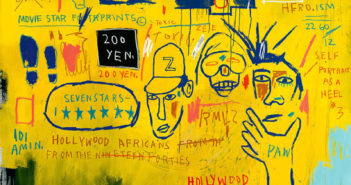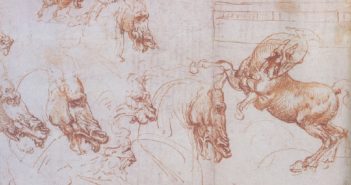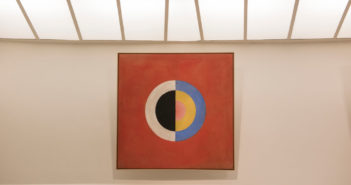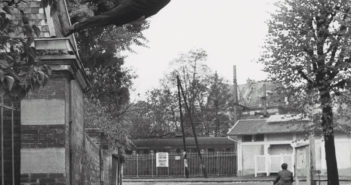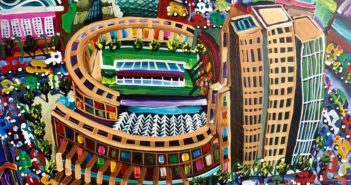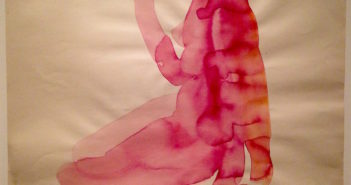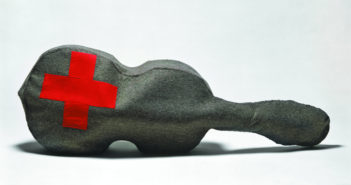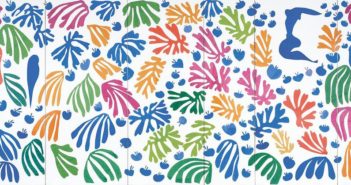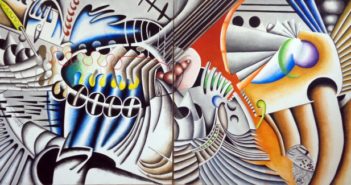
Prior disappointment syndrome
Artists with integrity and high standards can fall prey to a particularly nasty condition. It’s called “Prior disappointment syndrome.”
Failed works of art and even disappointing passages, particularly recent ones, can haunt and disarm your current work. You may have noticed when returning from a holiday, you sometimes paint freshly and well for a few days and then the old decay sets in. If you’ve ever experienced this situation, I’m here to help you understand why the decline happens and what you can do about it.

